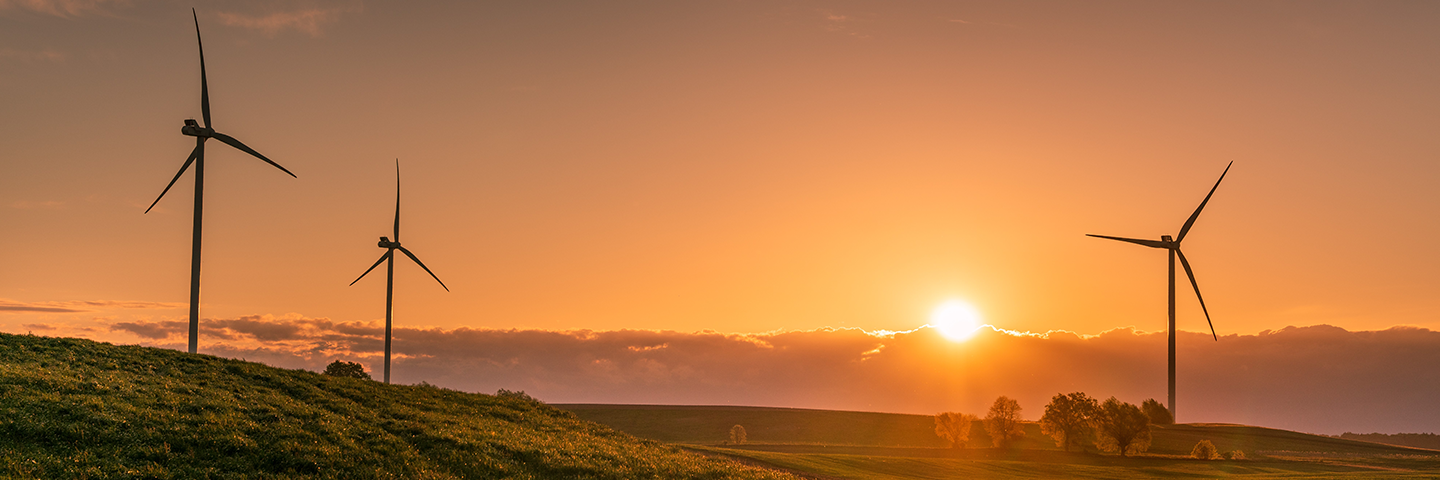
Autumn Rural Update Issue 3: Renewable Energy - What is right for you?
Thu 17 Nov 2022
Insights
Rural land & property
Agricultural business consultancy
Keep updated
Keep up-to-date with our latest news and updates. Sign up below and we'll add you to our mailing list.
 Brown&Co
Brown&Co